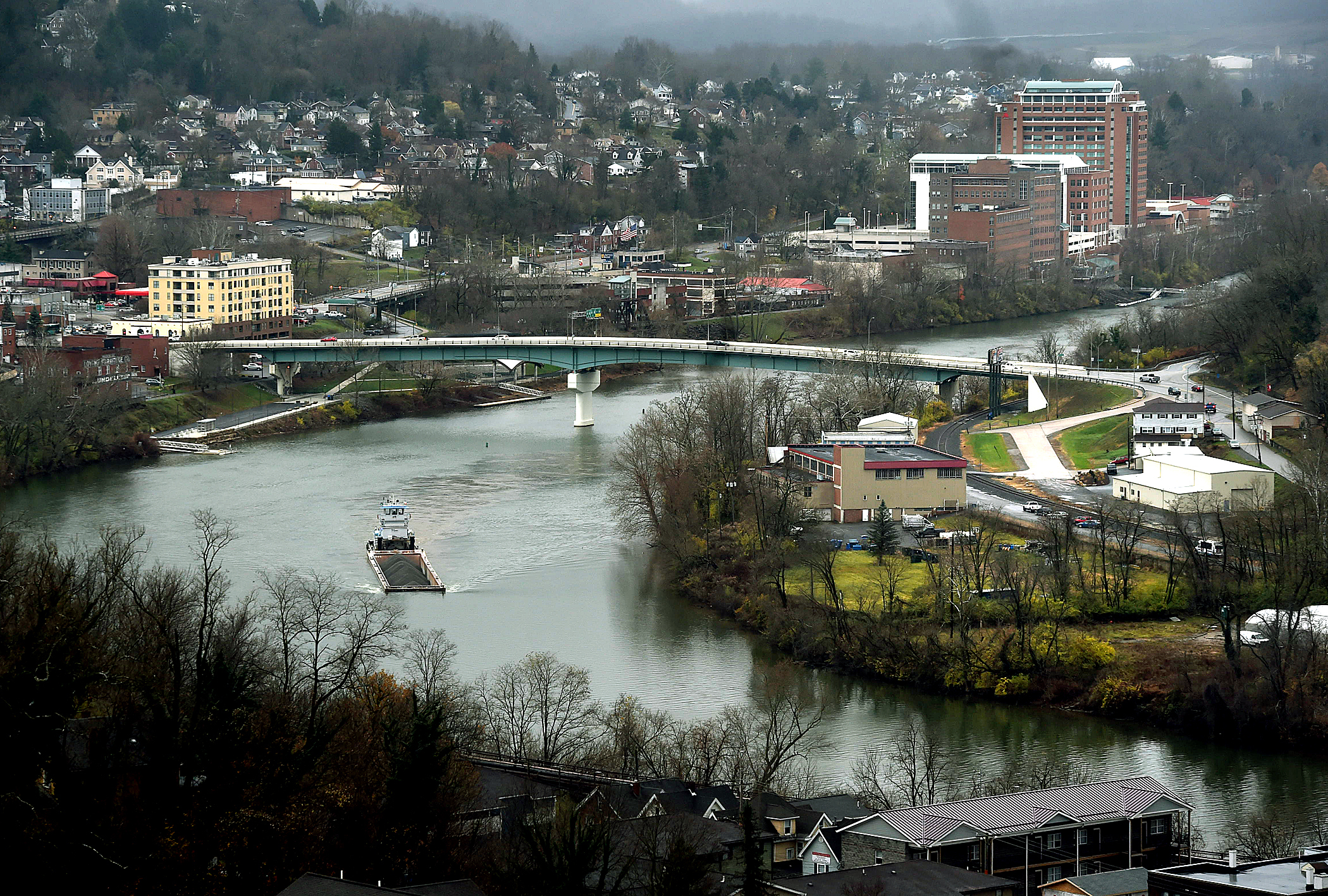When it comes to infrastructure upgrades in the city of Westover, Holland Avenue is at the top of the list.
But another multi-million-dollar project is quickly climbing the ranks.
Doug Smith, with Thrasher Engineering, said the backbone of Westover’s wastewater system, the No. 1 pump station, needs attention.
The station, located at the bottom of Dents Run, sends all flows out of Westover below the Monongahela River to meet up with the Morgantown Utility Board system.
“It really needs some very strong analysis and an update on that project,” Smith told members of Westover City Council.
Asked to elaborate further, Smith said, “It needs to be completely replaced.”
Smith estimates the project would likely cost between $3 million and $4 million, but noted it’s difficult to predict with current market conditions.
He explained that while the pumps have been upgraded periodically, the facility itself has not been in more than 30 years. He said structural steel is visible in places as the materials handled by the system eat away at concrete over time.
“With your anticipated growth, we can expect the need to upgrade the flow out of that pump station is going to increase as well. Once that occurs and the size of the pump station, the wet well, the holding chamber, will need to be increased. That would then lead to a downstream effect of potentially the line under the river needing to be increased,” Smith said.
Even without increased growth within the city, the pump station will be under increased strain due to the Holland Avenue project, which will replace broken sewer and stormwater lines below the street, meaning everything will be captured and delivered to the pump station.
Addressing the pump station is part of the city’s long-term control plan, which is mandatory for communities with combined sewer overflow systems.
Combined sewer overflow means the system collects both wastewater and stormwater runoff in the same infrastructure and discharges both, untreated, directly into a body of water when it becomes overwhelmed by heavy rainfall or other events.
MUB operates a CSO system.
According to MUB’s website, there are 22 overflow outlets located along the banks of Deckers Creek and 16 along the Monongahela River.
While the frequency of discharge varies by location, MUB notes “The best advice is simple: Avoid the water for 72-hours following a rain event.”
According to the EPA, approximately 700 municipalities across the country have CSOs.
TWEET @DominionPostWV




